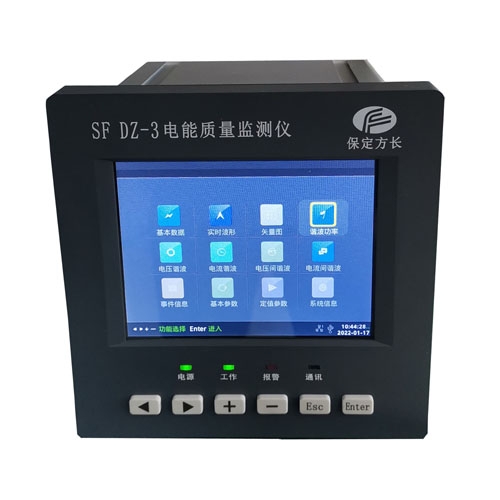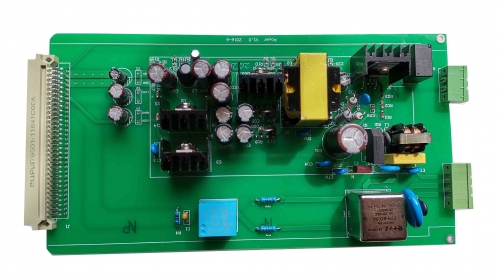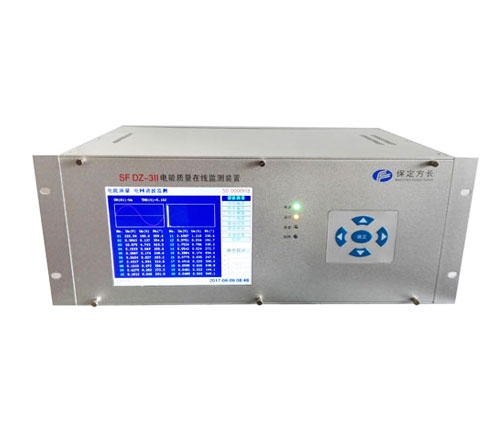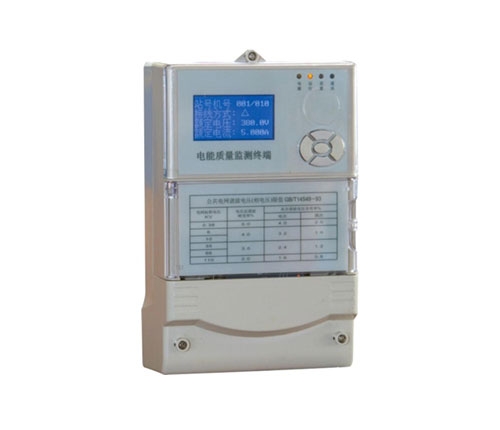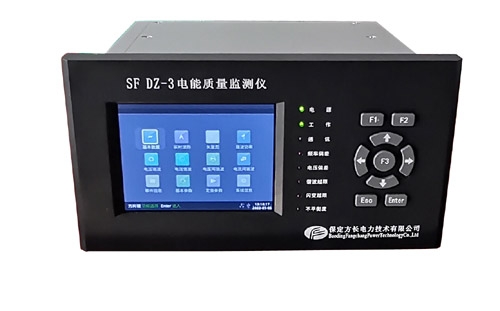Power quality monitoring deviceIt is an instrument and equipment used to monitor and evaluate the power quality in the power system. With the development of the power system and the improvement of power quality requirements for power supply quality,Power quality monitoringIt has become an important demand for power supply enterprises and users. This article will introduce the selection guide for power quality monitoring devices, helping users understand how to choose the equipment that suits them.
1、 Understand the types and functions of power quality monitoring devices
Power quality monitoring deviceThere are multiple models and features, includingPower quality analyzerPower quality recorder, power quality monitoring system, etc. Before purchasing, users need to understand the functions of different devices and choose the appropriate model according to their own needs.
The power quality analyzer is a device used to analyze and evaluate various aspects of power quality, which can measure parameters such as voltage, current, instantaneous power, power factor, etcMultiple partiesSurface monitoring and analysis.
The power quality recorder is a device used to record power quality data, which can continuously monitor and record power quality parameters for a long time, providing users with detailed power quality data.
The power quality monitoring system is a network system composed of multiple power quality monitoring devices, which can achieve power quality monitoring and analysis of the entire power system.
2、 Understand the performance indicators of power quality monitoring devices
When purchasing power quality monitoring devices, users need to pay attention to some important performance indicators. These indicators include accuracy, measurement range, frequency range, storage capacity, communication interface, etc.
Accuracy refers to the deviation between the measurement results of the device and the true value, and is an important indicator for evaluating the measurement accuracy of the device.
The measurement range refers to the range of power quality parameters that the device can measure, including voltage, current, power, etc.
The frequency range refers to the frequency range of power quality parameters that the device can measure. Users need to choose a suitable frequency range according to their own needs.
Storage capacity refers to the capacity of a device to store power quality data, and users need to choose a suitable storage capacity based on their monitoring needs.
Communication interface refers to the interface between the device and external devices for data transmission and communication. Common communication interfaces include USB, Ethernet, etc. Users need to choose a suitable communication interface.

![]() National ordering hotline:fifteen billion eight hundred and three million one hundred and twenty-five thousand five hundred and sixty-five
National ordering hotline:fifteen billion eight hundred and three million one hundred and twenty-five thousand five hundred and sixty-five


